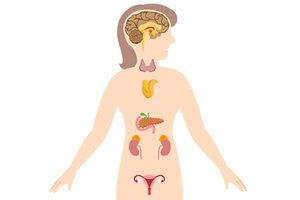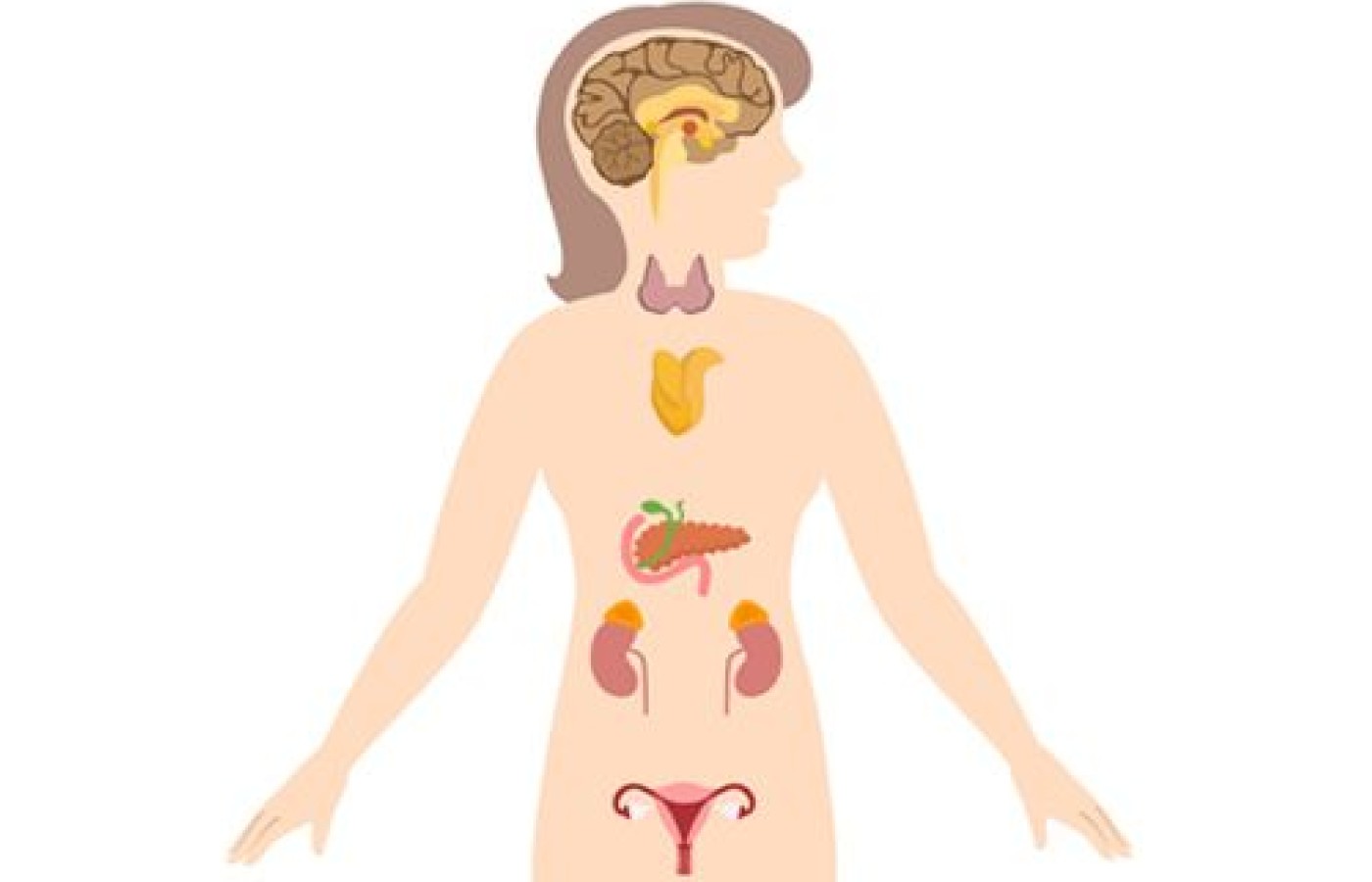Whether you accept it, avoid it or live somewhere in between, insurance coverage has become a defining issue for our profession. Patients increasingly expect to use their benefits, practitioners want to be compensated fairly for their time and expertise, and the system itself remains – at best – fragmented. The encouraging news is that coverage has expanded in meaningful ways. The challenging news is that reimbursement, across the board, remains inadequate.
Women's Hormones: A Western & Eastern Perspective
Sometimes it may seem that you require a degree in medicine to understand hormones and how they function. Although there is plenty of information regarding the science of hormones, most of this information as well as conclusions from various studies, can be confusing and conflicting — even to experienced physicians. To help you better understand women's hormones, here are some fundamental details drawn from the outlook of Western and Eastern medicine.
Power Grid
Your body's endocrine system is its main power grid. It helps in the functioning of several vital bodily processes. Its functionality involves various hormone-secreting glands and organs. These glands include the hypothalamus, pituitary, adrenal glands, pancreas, liver, thyroid, and ovaries.
Your hormone secretion differs throughout the day and is typically influenced by different factors including exercise, stress, diet, sleep deprivation, and even infection. It can be affected by changes in bodily fluid and mineral balances.

A woman's body produces female hormones like estrogen and progesterone as well as androstenedione and testosterone, which are essentially male hormones. These are secreted by different endocrine glands which are responsible for energy, wellbeing, and libido.
The production of these hormones depends on a woman's age, diet, fitness, health, and various circumstances. Different levels of hormones are secreted during different times of the day and month. Typically, hormone levels in most women are the highest during their early twenties.

These levels slowly start tapering off after they reach the age of twenty-five. By the time women reach forty years in age, they experience a fluctuation in hormone levels as their bodies have moved past the childbearing age and begin preparing their bodies for life after menopause.
A Crucial Role
Hormones are crucial for a vital balance between our mental and physical health. Each hormone is produced in one part of our bodies, which then travels to a different part and helps that part regain or achieve equilibrium.
These hormones could signal the growth of new tissue, nutrient metabolization, or increase heart rate. Hormones affect the cells of our body's tissues and have an impact on our mental and physical wellbeing.
Some hormones, such as stress hormones, push our minds and bodies into high gear while others, such as progesterone and estrogen, cause our minds to slow down and become calmer so that the depleted energy in our bodies can be replaced.
Stress hormones are known to make our hearts beat faster and increase blood pressure so that our body is prepared for action. Sex hormones, such as estrogen and progesterone, stimulate the recreation of a woman's uterine lining as well as breast milk production after childbirth.
Although sex and stress hormones have opposing influences, their dynamic relationship is crucial in maintaining equilibrium in our bodies as well as balancing our minds.
An Explanation of Ying and Yang
If we can understand the constantly changing relationship between the complex stresses (Yin) and sex (Yang) hormones in our body, we can determine a simple framework (Yin and Yang) of their functionalities.
Traditional Chinese Medicine (TCM) explains that there are basic and opposing principles which nourish and revitalize life. The concept of "Yin and Yang" is compared to water and fire. Like water, Yin is receiving, slow, cold, passive, dim, heavy, and yielding. On the other hand, Yang is fire, which is hot, burning, quick, light, bright, and aggressive.
In other definitions, Yin and Yang are sometimes expressed as feminine and masculine energies. However, this does not mean that women are completely Yin and men are completely Yang. It is determined that although certain energies are associated with certain physical functions, the balance between these energies is what is most important. All women possess Yang energy and all men possess Yin energy, and each energy should house some amount of its opposite.
Yang energy can be described as the activating, motivating, and energizing principle of life. Yin is the nourishing and building principle. Yang, which is referred to as male energy, is fast, mobile, hot, dry, aggressive, and energetic.
Yin, which is the female energy, is dark, cool, substantial, soft, stable, tranquil, and moist. Yin is compared to the night while yang is compared to the day. It is believed that every human being possesses a life force.
A Balancing Act
In TCM, this force is referred to as Qi and is reported to a manifestation of Yang energy. Yin is demonstrated by the nourishing fluids that flow through our bodies. If Yin and Yang are in balance, our Qi is healthy and robust. Its smooth flow provides our tissues with nourishing fluids. But, if our Yin and Yang are imbalanced, our Qi no longer flows smoothly, resulting in disease. Therefore, it is important that we achieve hormonal balance to regain health.
Look at your hormones as an orchestra. If even one instrument seems out of tune, you have no harmony. This should give you insight on how each hormone affects the proper functioning of other hormones. As there are several reasons why an orchestra can lack harmony, there are just that many reasons behind hormones becoming either excessively high or deficient.
Tao Philosophies
The key to TCM lies in ancient Tao philosophies. The Tao recognizes everything as an interaction between opposites: male and female, light and dark, birth and death, growth and decay.
These interplays are defined by Yin and Yang where two opposites led to the birth of the universe and are found in everything. Each kind of energy shows that it has a kernel or essence of the other buried within itself. We can influence the balance between Yin and Yang in our bodies by the things we eat, our emotions, activities, and thoughts.
Discord or imbalance occurs when there is an excess or deficit of something. Symptoms of Yin-Yang imbalances are essentially bracketed into pairs: damp and dry, hot and cold, or acute and chronic.
A case of excess in Yang energy will manifest in the form of heat while excess Yin energy will be cold. It can be understood that an excess of one form of energy can lead to a deficiency in the other. For instance, if you're suffering from a fever, this is normally indicative of an excess in Yang. An excess in Yang can also be due to a weakness in Yin causing an overproduction of Yang.
Editor's Note: Dr. Melnyk will continue to educate on women's hormones in her five-part series. Her next article will explain hormonal balance and the reproductive system.



